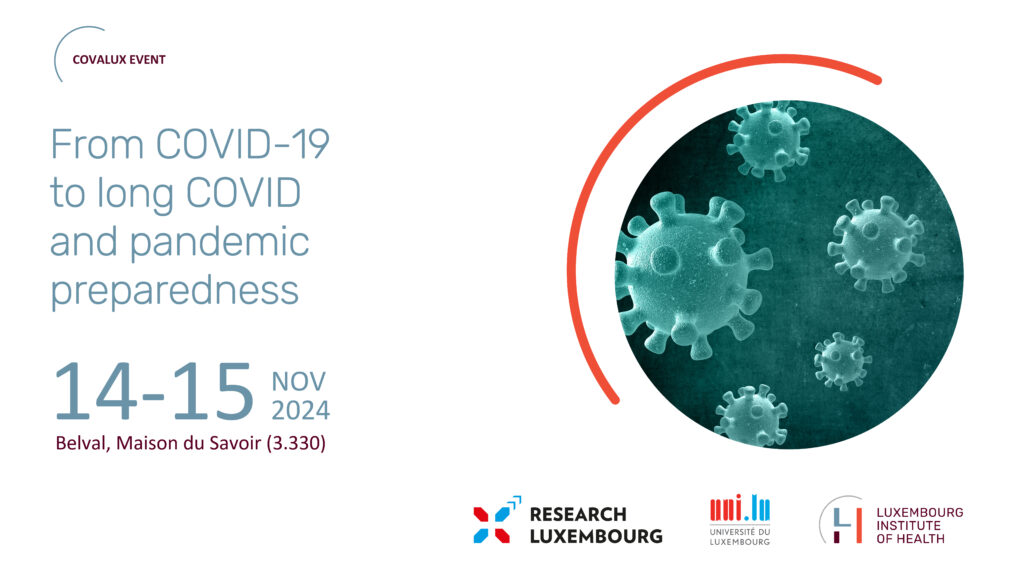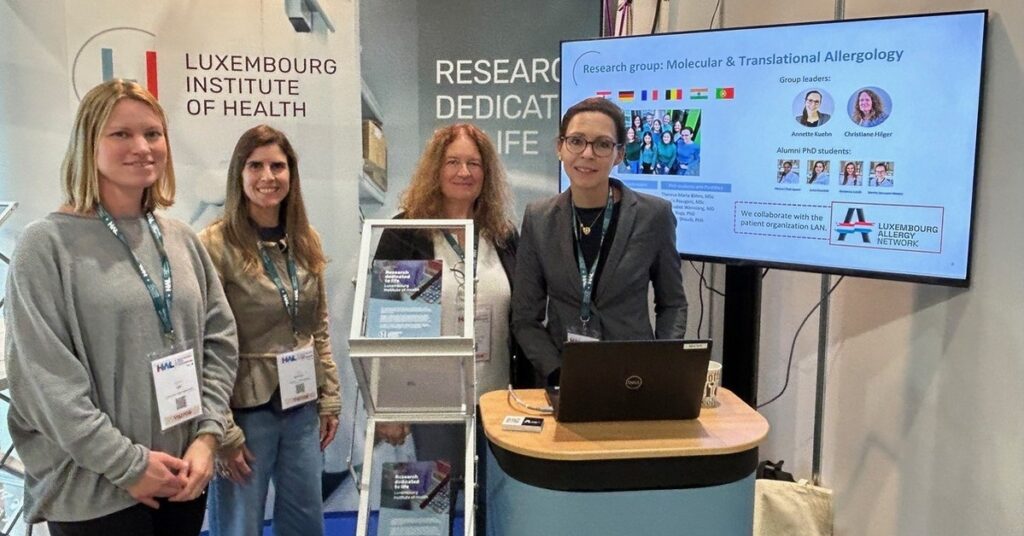News
Surveillance of priority pathogens at the European level
LIH participates in EU-funded One Health project

The LIH Department of Infection and Immunity (DII) participates in the OH4Surveillance (“Setting up a coordinated surveillance under the One Health approach”) EU project. The project is funded for 3 years under the EU4Health Programme (EU4H) of the European Commission and aims to scale up the surveillance of priority pathogens threatening human health in the European Union.
The majority of emerging infectious diseases that affect humans are zoonoses, i.e. pathogens that have “jumped” from animals to humans. The factors that drive the emergence and spread of zoonotic diseases are complex and include climate-related, ecological, political, economic and social considerations, with thethe risk being considered to increase due to the closer interactions with animals in agriculture, as household companions and in the natural environment. Zoonoses therefore represent a major public health burden around the world.
The COVID-19 pandemic is the most recent and telling example of this relationship, having brought forward the need to increase the preparedness, effectiveness and resilience of healthcare systems for zoonotic diseases. This can be achieved through a paradigm shift from isolated health initiatives towards streamlined, coordinated and collaborative practices under the One Health approach – an integrated, unifying approach recognising the tight interconnection between human health, animal health, and the environment.
In this context, the OH4Surveillance project kicked off in March 2024 in Copenhagen, Denmark, with representatives of the 11 participating EU countries as well as representatives from the European Health and Digital Executive Agency (HaDEA) and EFSA. In Luxembourg, the LIH will coordinate the national project activities, in close collaboration with the Luxembourg Veterinary and Food Administration (ALVA). Under the lead of Dr Judith Hübschen, the national consortium will sample and identify ticks in recreational areas, where humans and pets are exposed, as well as from wild animals, including migratory birds. The ticks will be screened for tick-borne encephalitis (TBE) virus and Borrelia burgdorferi s.l. bacteria – the causative agents of Lyme disease – and the detected pathogens will be characterised by sequencing. “TBE virus has not yet been reported in ticks from Luxembourg. However, its geographical distribution has been extending in the past years and new risk areas are continuously identified. Borrelia burgdorferi s.l., on the other hand, was identified in about 11% of the ticks from Luxembourg in 2007, but recent data on its prevalence are lacking. We therefore aim to investigate ticks from throughout the country to provide up-to-date information to better advise public health authorities”, explains Dr Hübschen, head of the Clinical and Applied Virology research group at the DII.
In addition, the LIH will be carrying out passive surveillance of West Nile virus, highly pathogenic avian influenza and swine influenza viruses in high-risk species. “Similar to TBE, the geographic range of West Nile virus is expanding northwards in Europe. Therefore, investigating wild bird species that are the reservoirs for West Nile virus is an essential aspect for early warning. Influenza A viruses also notoriously represent a public and animal health threat. The increasing number of reports of H5N1 transmission from birds to mammals is just an example of the necessity for an enhanced surveillance globally”, adds Dr Chantal Snoeck, scientist within the Clinical and Applied Virology group.
The aim of our project and, more generally, of the One Health approach that we have embraced for about 20 years, is to improve public health through the early detection of emerging and re-emerging zoonotic pathogens in animals and the environment. With the OH4Surveillance project, we contribute to meeting the EU4Health Programme’s general objectives of protecting people in the EU from serious cross-border health threats, strengthening the responsiveness of health systems and coordination among Member States,
concludes Dr Hübschen.
Funding and collaborations
OH4Surveillance involves 11 beneficiaries and 11 affiliated entities, and is coordinated by the Danish Statens Serum Institut (https://en.ssi.dk/surveillance-and-preparedness/international-coorporation/oh4surveillance). The project is co-funded by the European Union under Grant Agreement No 101132473.









